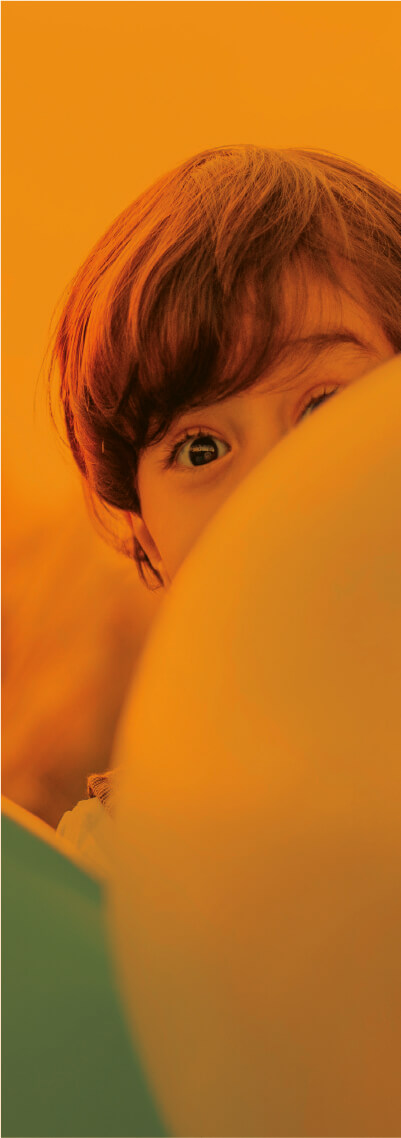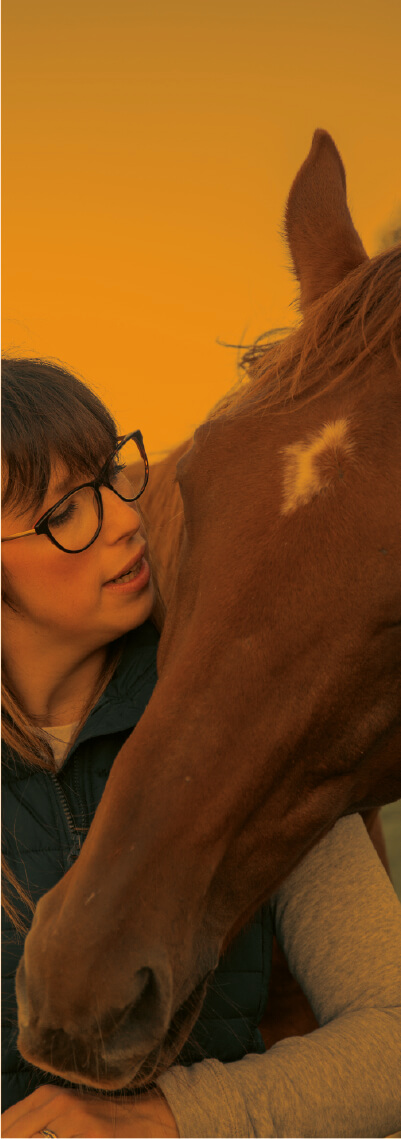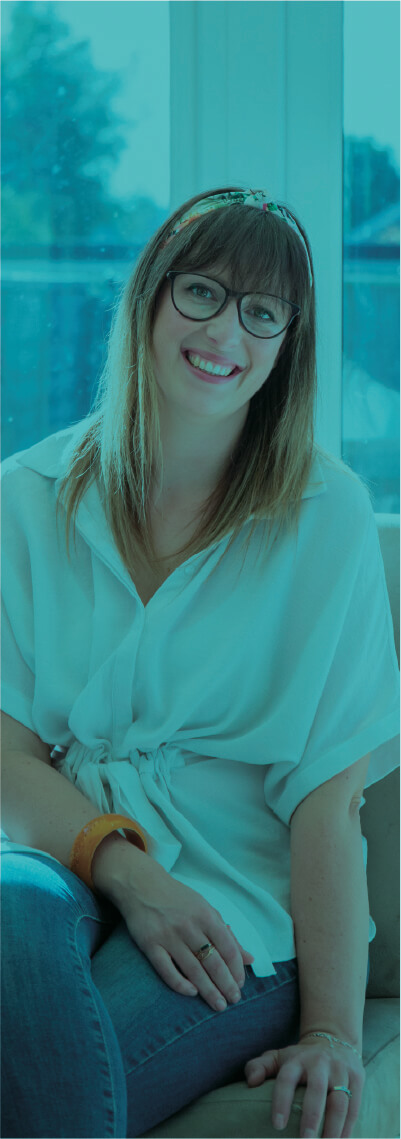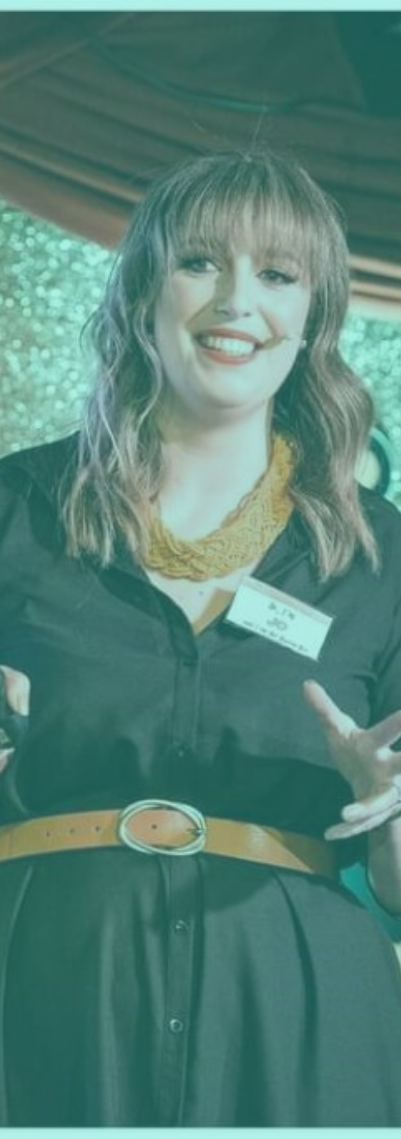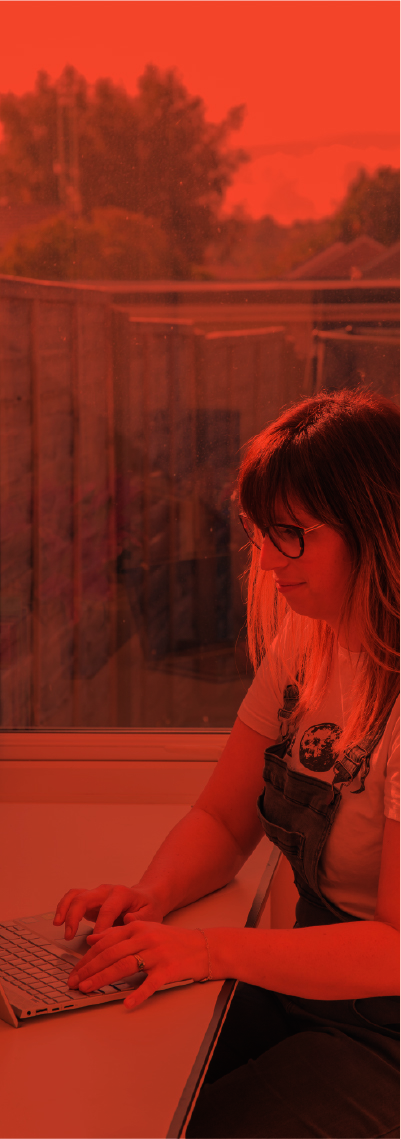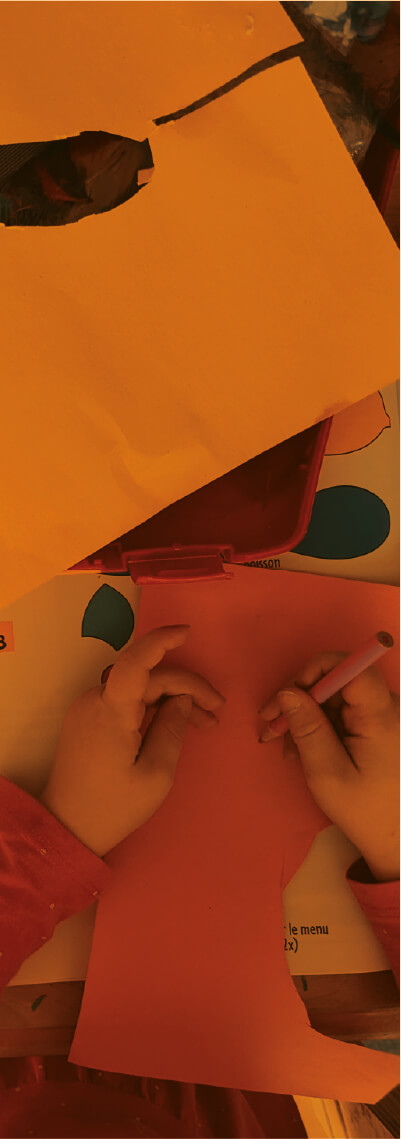
Healthy Spines
Today I wanted to talk to you a little bit about what a healthy spine looks like, how we can spot potential postural changes and be proactive about treating them.
The structure of the spine:
The spinal column is made up of little segments called vertebrae. These are designed to work in alignment in a subtle ‘s’ shaped curve when you look from the side and to be running straight from the neck to the tail bone when you look from the back. For children with low tone, hypermobility, high tone or challenges with their posture, there is a risk that the spine may curve as a result of changes in posture. These changes can happen in a side-to-side motion which is called a scoliosis (when you look at the back of the spine it curves slightly into a ‘c’ or even an ‘s’. Alternatively, they can bend forwards, which is called kyphosis (your child would slump forwards when looking from the side so that the upright position is reduced).
The most important thing about curves in the spine is that they remain flexible. I always say that no position is bad for you unless it is sustained for a long period of time. When a position is held consistently our body systems get used to working in those positions and we lose flexibility. As we lose flexibility the risk of those curves can increase. The spine is connected to the rib cage and surrounds our vital organs, so we want to give them as much space as possible to facilitate good breathing patterns and to give nice healthy space for the stomach and digestive pathways.
How to check your child’s spine:
If you are worried about your child’s posture, you can ask your physiotherapist, orthopaedic surgeon or paediatrician to review, but in the meantime, there is a good way for you to check at home. Look at the main points of their body:
- Right at the top of the shoulders where the collar bones are,
- The side of the rib cage where it meets the waist,
- The top of the pelvis, looking from the front.
Stand back and look at your child from side to side. You could even pop stickers on your child’s body at those points so that you have got two markers to compare the left and right sides. We want these to be roughly level when your child is in their supported seating or sitting independently if they can sustain a nice tall position themselves. If the markers are not level it will tell you a little bit about how they are being supported or how their body is naturally moving.
Remember:
If you do spot a sideways or forwards curve, it doesn’t necessarily mean those changes are permanent, it might just be the position that your child naturally adopts. It means that there is a risk of them happening and as a result we need to manage that risk to avoid compromising the internal body systems, leading to discomfort and difficulties with flexibility and core stability in the spine. It still makes a good marker for checking in and making sure you have everything you need to keep your child’s position in the middle as much as possible. Maintaining flexibility in those positions is so important. As with anything, if we pick this up early it is easier for us to be proactive and prevent longer term changes than it is for us to correct changes that have already happened. These are just little signs that you might want to ask for more support from your child’s therapist or doctor.
Good postural support can reduce the risks associated with changes in the spine. Using stretching and exercises to improve muscle strength and manage flexibility will support the spine and help to prevent long term changes. Side lying is a particularly good one. Ask your child to side-lie over the top of a roll or peanut ball to stretch their spine out in the opposite direction.
If you would like more information on this topic then head over to my free Facebook group The Parent Platform, where we discuss this and more in our weekly lives. I also offer a membership platform, The Therapy Toolkit Hub™, which is designed to arm you with knowledge, a supportive parent community and a host of information from a highly specialist children’s physiotherapist. I would love to see you in there!
Jo x
